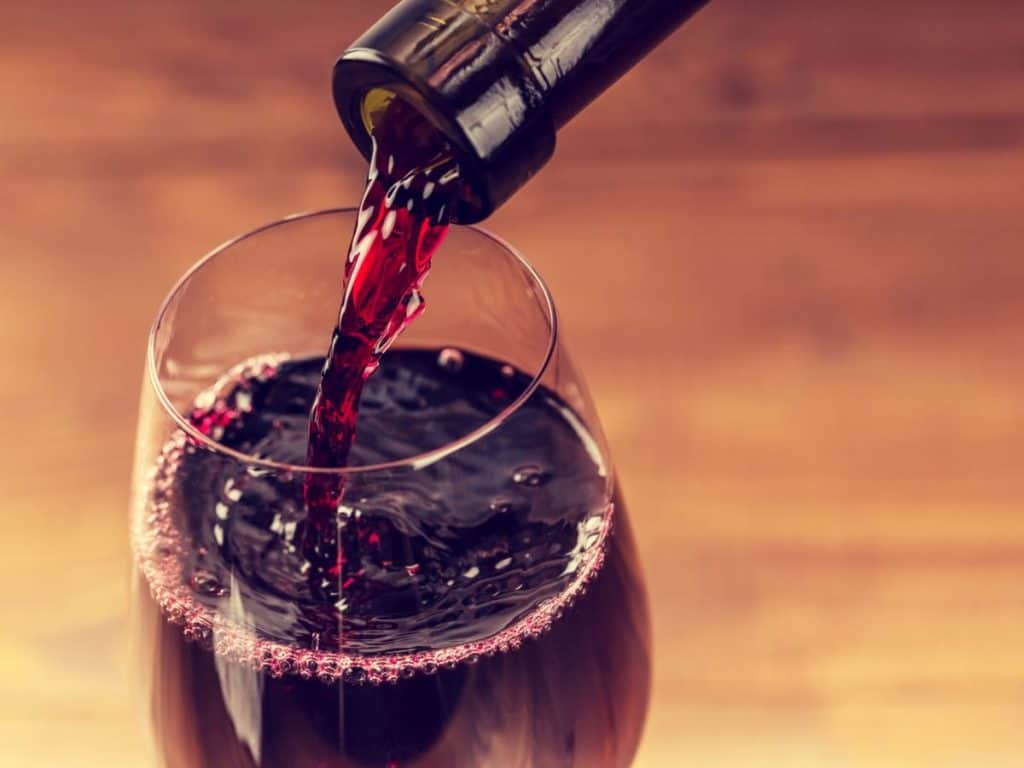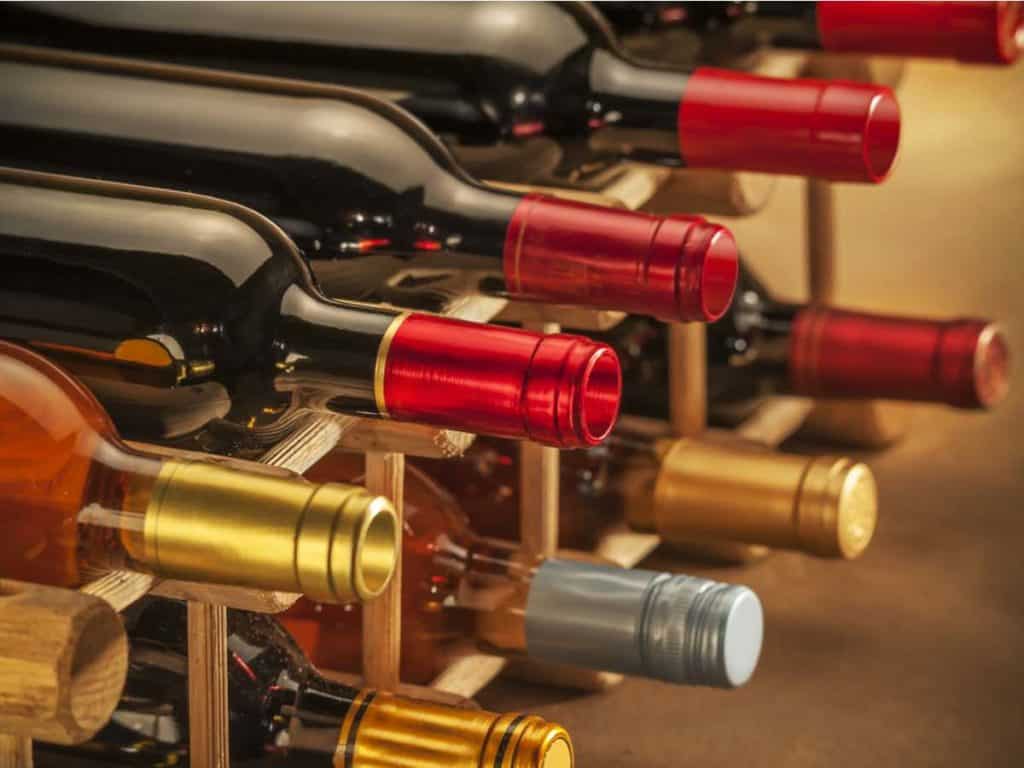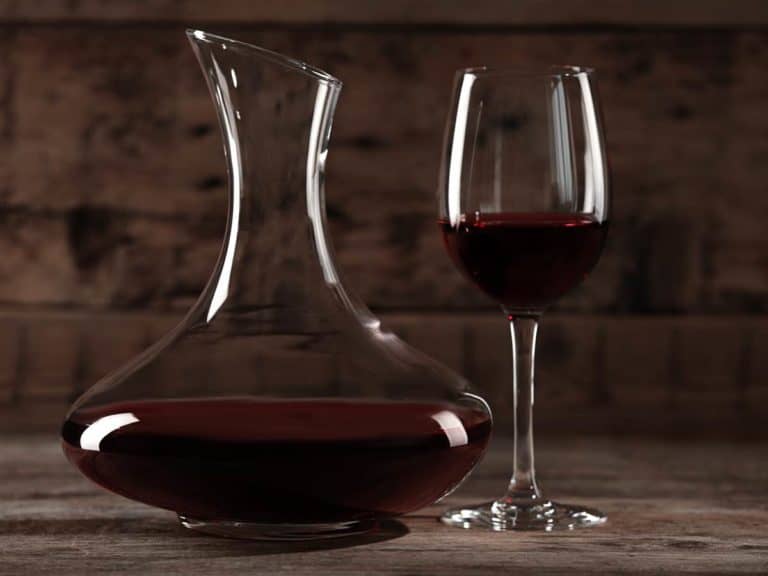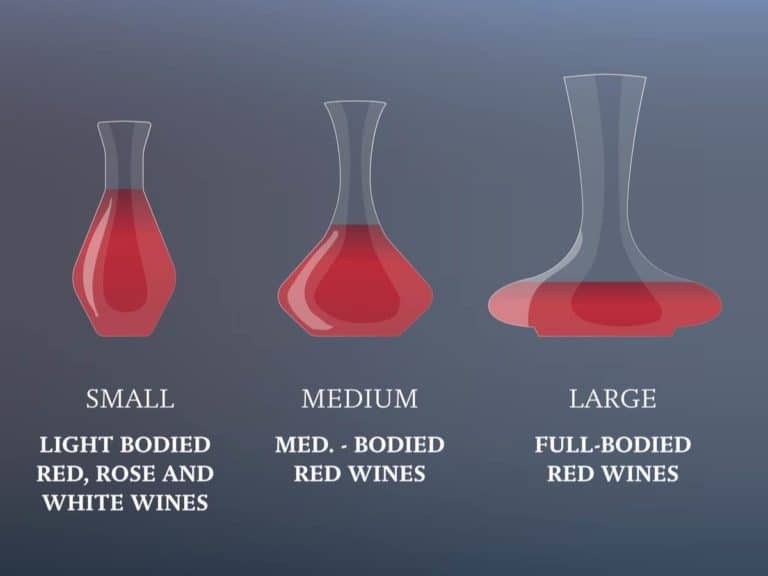7 Wines Similar to Beaujolais
Beaujolais is a sweet red wine from France that can be difficult to find in the United States. However, if you know other wines similar to Beaujolais, you’ll never be without a great backup.
Here are some wines that are similar to beaujolais:
- Burgundy
- Bordeaux
- Pinot Noir
- Chianti
- Cabernet Sauvignon
- Counoise
- St. Laurent
These wines are perfect substitutes for Beaujolais and can be easier to find if you can’t find the real deal. They are located at all cost levels and with flavors to fit every taste. Let’s explore more details about each wine.

1. Burgundy
One of the most similar wines to Beaujolais is a good Burgundy. Since Beaujolais comes around the same region where Burgundy is produced, they have similar flavors and are made in similar ways.
However, there are some key differences.
- Many Burgundy wines can be heavier than Beaujolais and dryer. While that gives Burgundy wines their signature flavor, if you are looking for a dupe for your favorite Beaujolais, you’ll need to look closely at their key notes. Look for sweeter Burgundy wines and strong red berry notes.
- Burgundy wines have a wide variety of developments. Many vineyards that produce these wines use various methods to make their signature wine. Beaujolais has more consistency, but if you are looking for a specific type of production method, you’ll need to research the variety.
2. Bordeaux
Bordeaux wines are also a great dupe for Beaujolais. They are from a relatively close region and have similar flavors to Beaujolais. Bordeaux wines have various applications, such as dessert wines, table wines, and even cooking.
The most significant selling point for Bordeaux is that they tend to have hearty red berry flavors. This is typical of this wine region and one of Gamay wine’s top draws. They also use grapes similar to Gamay and have historically been cultivated together.
Bordeaux wines may also appear as blends where Gamay grapes have been used. Since Beaujolais wine is made with Gamay grapes, there will be a flavor crossover in these blends. You might even find a Bordeaux blend featuring Gamay grapes.
3. Pinot Noir
Gamay wines, like Beaujolais, are lighter cousins to Pinot Noir, which makes Pinot Noir an excellent choice for anyone looking for an easily found substitute. It is a great place to start when looking for a perfect alternative.
Not only do they have a similar flavor profile, but they are also effortless to find. Most stores that carry varietal wines will have Pinot Noirs with their other red wines.
After Cabernet Sauvignon, Pinot Noir is one of the most famous varieties. There is a wide variety of vineyards from all over the world that have produced this wine. As a result, there is a wide variety of flavors, and you can easily find a good alternative.
Another way that Pinot Noir is similar to Beaujolais wine is because some types of Pinot Noir are made with Gamay grapes. These grapes that are the only grape for Beaujolais, are used in some Pinot Noir varieties to enhance their flavor and improve the palette.
4. Chianti
This Italian style of wine is another good choice for Beaujolais fans who can’t find their favorite bottle. One of the rarer wine options on this list, Chianti can be hard to find, but most liquor stores will have at least one option.
Chianti wines are a little harder to find in certain parts of the US, but they are more widely available compared to some of the other wine types on this list. Not only that, but Chianti has a hearty flavor that other wines cannot replicate.
It has many red berry notes, the same way Beaujolais does, and herbal and leather flavors. While those two are less common in Beaujolais wine, it makes Chianti a great choice with steaks, red sauce kinds of pasta, and certain types of seafood.
Those food pairings are very similar to Beaujolais, and that makes Chianti a great choice to replace your favorite Beaujolais.
5. Cabernet Sauvignon
A good Cabernet Sauvignon is an excellent option for Beaujolais lovers out there. Not only is this wine readily available, but there is also a broad enough market that you can find any wine to suit your particular tastes.
More likely than not, your local grocery or liquor store will have at least one Cabernet. This wine is one of the most popular varieties for a reason, and there is a massive industry devoted to this specific type. They can be found at different price points, so there should be something for everyone.
Wine lovers can find cabernets from all over the world, but some of the best come from:
- Australia
- the American west coast
- the European wine regions
These have their sub-flavors and notes that make each of them different. Looking for the red berry and floral notes that Beaujolais has will point you in the right direction.

6. Counoise
Another smaller grape variety, Counoise, is a relatively similar wine to Beaujolais and is a great talking point for your dinner. Since this varietal was also created in the same region as Beaujolais, there are similar notes about the acidity and flavors of violet that they both have.
What is most interesting about the Counoise variety is that it has subtle notes of peppercorn that other types of wines don’t have. It also has the bright red fruit notes that Beaujolais is known for.
If you want a type of wine with a subtle spice hint, this is the type for you. It pairs beautifully with steaks, pasta, and anything that heavily features peppercorns. You can even enjoy this variety with a rich pho or chicken korma.
7. St. Laurent
St. Laurent is another excellent choice if you want to try something similar to your favorite bottle of Beaujolais. It is an underrated and little known wine that is sure to capture your heart!
These grapes may have been first cultivated in Austria compared to France, but the flavors associated with this variety are incredibly similar to Beaujolais wine. There are red berry flavors and tobacco notes, both of which are similar to Gamay grapes.
Not only that, but St. Laurent grapes are on the dryer side with higher acidity. Beaujolais is also on the dryer side to have a similar feel. These similarities will reflect on your tastebuds and make them nearly identical.
An important note about this variety is that it is not recommended to decant them. Like Beaujolais, decanting will not improve the flavor significantly, but it won’t be harmful to the wine either. Light-bodied wines do not need a significant amount of decanting or aeration.





